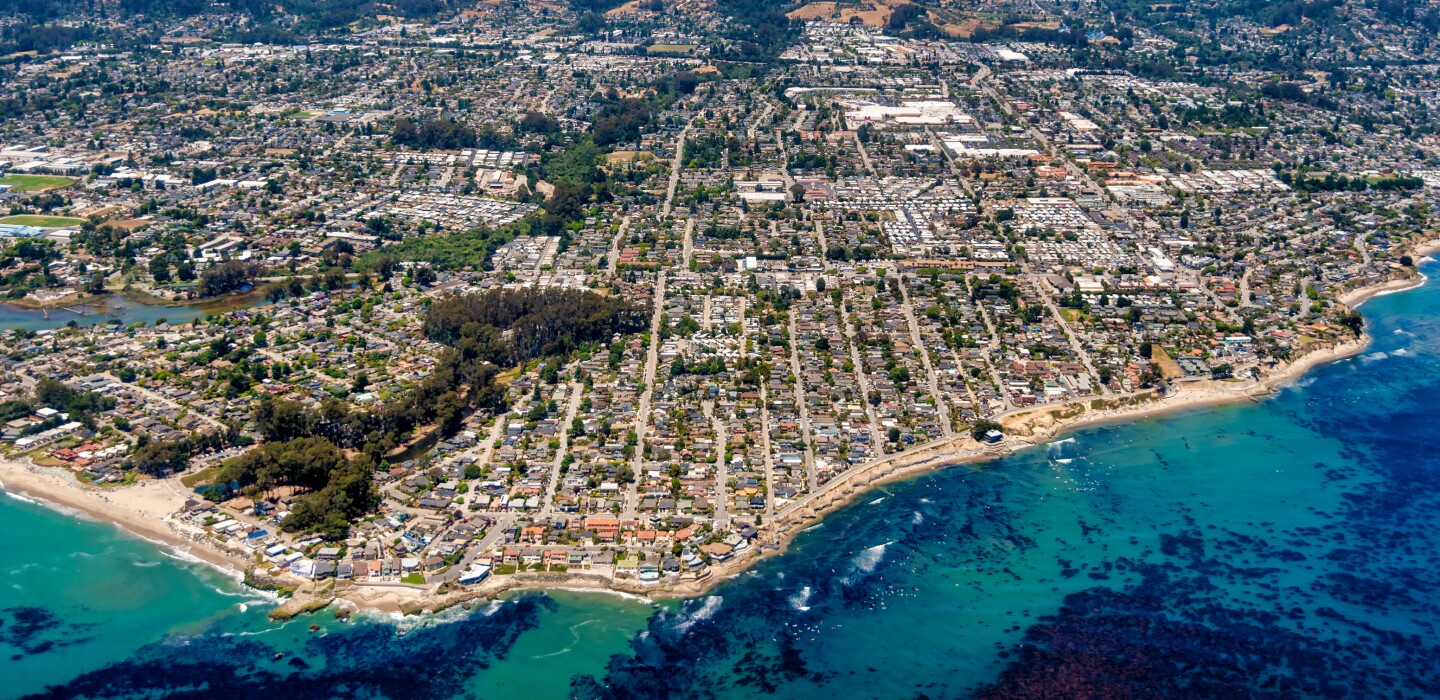
Tech Gave Santa Cruz, Calif., Leg Up on January Flooding
Santa Cruz, Calif., has had its share of run-ins with natural hazards over the last few years, including the CZU Complex Fire in 2020 and this year’s devastating flooding.
Both of those events have triggered responses from emergency management officials that include notifications and evacuations. In both scenarios, officials have been able to tap into a multihazard platform to try and keep residents alert and out of harm’s way.
The Genasys AWARE site is a platform for advance planning and evacuation, where jurisdictions are divided into zones that receive alerts and updates on a multitude of hazards or evacuation notifications when necessary.
Santa Cruz County originally used the tool during the fires of 2020, alerting and evacuating residents. And when an atmospheric river flooded the area in January of this year, officials put the platform back to work to keep residents safe and abreast of developments.
“It wasn’t on the forefront necessarily for the weather system, but when it hit we used the tools that we had,” said Lt. Nicolas Baldrige, with the Santa Cruz County Sheriff’s Department. “It allowed us to really try and get the messaging out because a lot of the areas that were affected by the flood system had also been impacted by the fire.”
The platform allows first responders to use their tablet or desktop to see a picture of the area and run a fire model if it’s a fire threat, for example. Based on some 27 different variables, the model will tell firefighters where the fire is expected to move to, allowing them to develop a perimeter.
Pre-hazard, the platform will divide an area into zones based on population, number of homes, number of cars, construction of the homes, ground vegetation and road infrastructure egress routes. An official can tap on a zone and send out an evacuation notice to everyone in that zone.
“Whether it’s a fire or a chemical spill or an active shooter, the message would be different depending on your location,” said Richard Danforth, Genasys CEO. “The system would send messages to your phone or desktop based on your location, based on the threat and its dynamic. If it’s an active shooter the first responders are going to have to constantly update on what the appropriate action should be.”
For the flooding, although officials didn’t expect the magnitude of flooding, they still had a bit of a head start because residents were already aware of which zones they were in and familiar with the platform because of their experience during the 2020 fire.
“It allowed us to post a New Year’s flooding [message] that we really hadn’t expected to be as big as it was, and it allowed us to pre-plan and put out those messages,” Baldrige said.
Officials pre-loaded the message about the January event in a Word document as soon as flooding was evident and got it out to residents in a hurry. “We were able to immediately plug that messaging into the platform and hit send,” Baldrige said.
The flooding continued into March, and so did the messaging. “We transitioned even further with the March storms,” Baldrige continued. “We had learned some lessons from January in that we were over-messaging in a lot of areas.”
So instead of sending the messages to a large zone, the platform enabled officials to carve up the zone and send targeted messages to only those people affected by the flooding.
In some cases, officials wanted to be extra thorough with messaging and sent first responders door to door to make sure everyone was getting the information. Again, the platform allowed them to narrow down exactly who they would target in the door-to-door effort.
“We were able to fine-tune some of that notification and the program allowed us to get in there and really identify those specific areas that were impacted,” Baldrige said. “We were actually able to create shape files and cut down the zones and make subzones for the impacted areas so we weren’t sending notifications to people who didn’t necessarily need to evacuate or be aware of the flooding.”


Average Rating